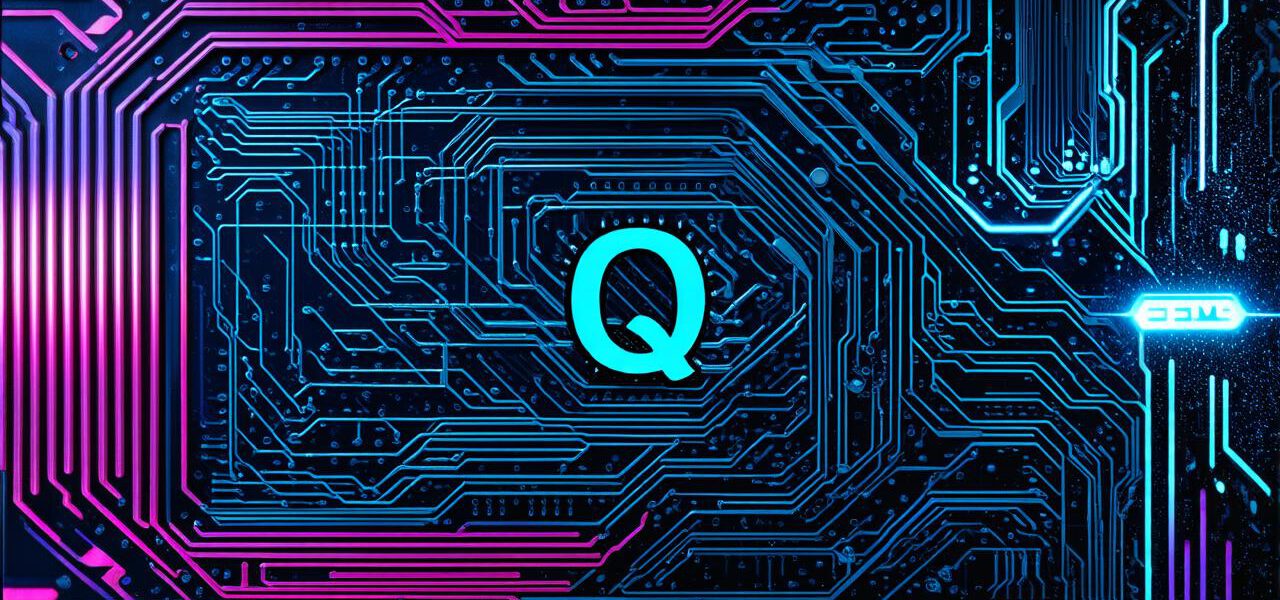
Top Q2 Crypto Trends for 2021: What to Expect?
Decentralized Finance (DeFi)
Decentralized finance (DeFi) is one of the most promising sectors in the crypto market. DeFi refers to financial applications that run on a blockchain, without relying on traditional intermediaries. These applications allow users to trade assets, borrow and lend money, and earn interest, all without the need for a centralized authority.
One of the key drivers of DeFi’s growth is its ability to offer greater security, privacy, and accessibility than traditional finance systems. DeFi platforms are built on secure blockchain networks, making them less susceptible to hacking and fraud. They also provide users with greater privacy by allowing them to transact anonymously. Additionally, DeFi applications are often more accessible to people who do not have access to traditional financial services, such as those living in developing countries.
Another significant advantage of DeFi is its ability to offer higher yields than traditional finance systems. DeFi platforms often offer interest rates that are significantly higher than those offered by banks, making them attractive to investors looking for a better return on their investments.
Non-Fungible Tokens (NFTs)
Non-fungible tokens (NFTs) are another exciting trend in the crypto market. NFTs are unique digital assets that are stored on a blockchain and can be bought, sold, and traded like traditional assets. Unlike fungible tokens, such as bitcoin or ethereum, NFTs are unique and cannot be replaced with another identical asset.
NFTs have already been used in a variety of industries, including art, music, and gaming. For example, the digital artist Beeple recently sold an NFT for $69 million, making it one of the most expensive pieces of art ever sold. In the music industry, artists such as Grimes and Snoop Dogg have used NFTs to sell unique digital assets to fans.
Stablecoins
Stablecoins
are another trend that is likely to continue in Q2 2021. Stablecoins are cryptocurrencies that are pegged to a stable asset, such as the US dollar, to reduce price volatility. This makes them more attractive to users who want to store their value in a more stable currency than traditional cryptocurrencies.
One of the key benefits of stablecoins is their ability to offer greater stability and predictability than traditional cryptocurrencies. For example, during the crypto market crash of 2017-2018, the price of bitcoin fell from around $20,000 to $3,000, while stablecoins such as Tether maintained their value at around $1. Another advantage of stablecoins is their ability to offer greater accessibility than traditional cryptocurrencies. Stablecoins can be used to pay for goods and services, making them attractive to people who do not have access to traditional payment systems.
Case Studies
One example of a company that is leveraging these trends is Uniswap. Uniswap is a decentralized exchange that uses smart contracts to facilitate the trading of assets on a blockchain. The platform has already seen significant growth, with its total value locked (TVL) increasing from around $1 billion in 2020 to over $65 billion in 2021.
Another example is OpenSea, an NFT marketplace that allows users to buy, sell, and trade unique digital assets on a blockchain. The platform has already seen significant growth, with its total volume traded increasing from around $2 million in 2020 to over $6 billion in 2021.
Conclusion
In conclusion, the crypto market is constantly evolving, and it’s essential for blockchain development professionals to stay up-to-date with the latest trends. DeFi, NFTs, and stablecoins are all likely to continue to grow in Q2 2021, offering greater security, privacy, accessibility, and stability than traditional finance systems. By leveraging these trends, blockchain development professionals can help their clients stay ahead of the curve and take advantage of the opportunities presented by the rapidly evolving crypto market.



